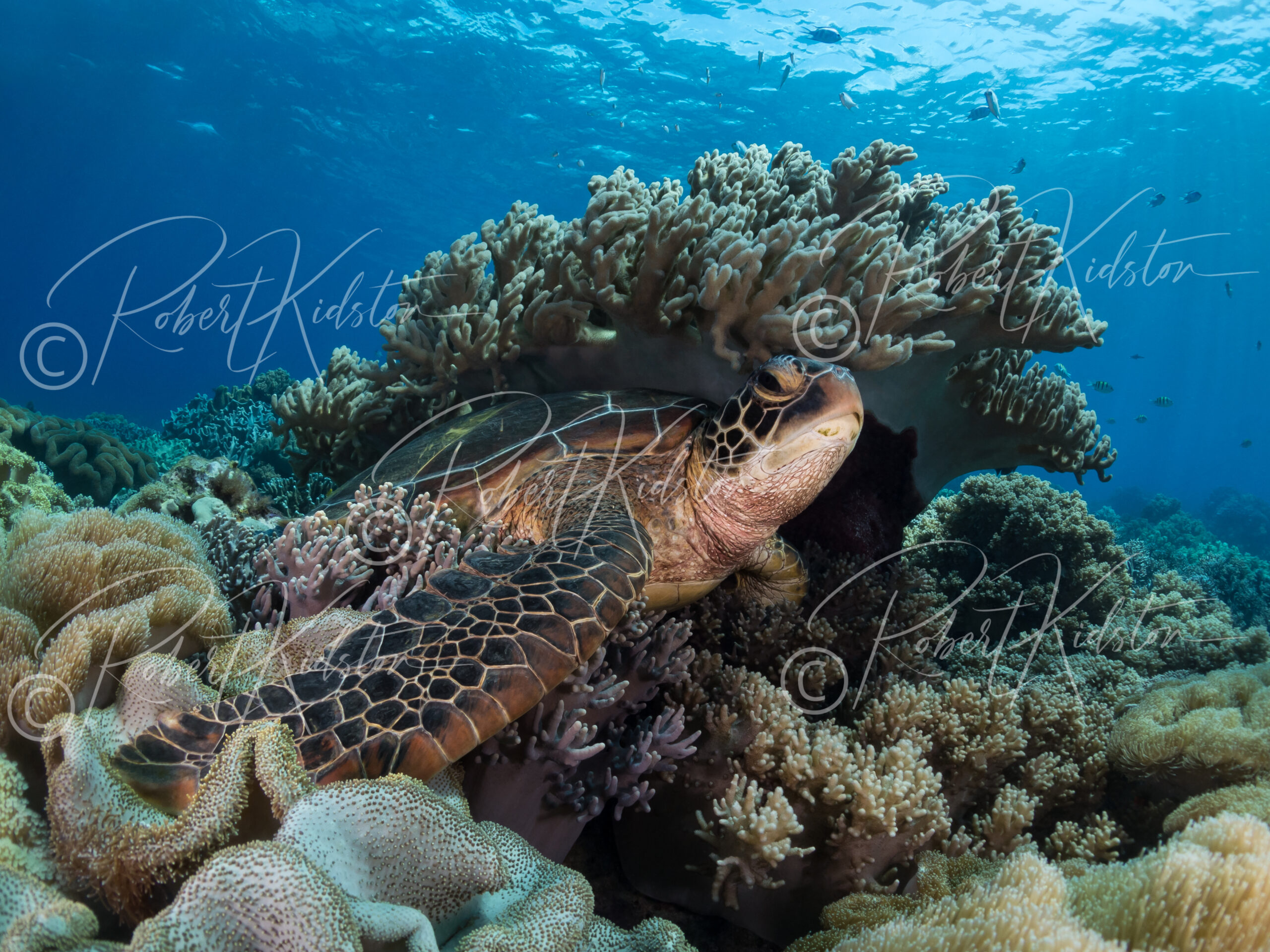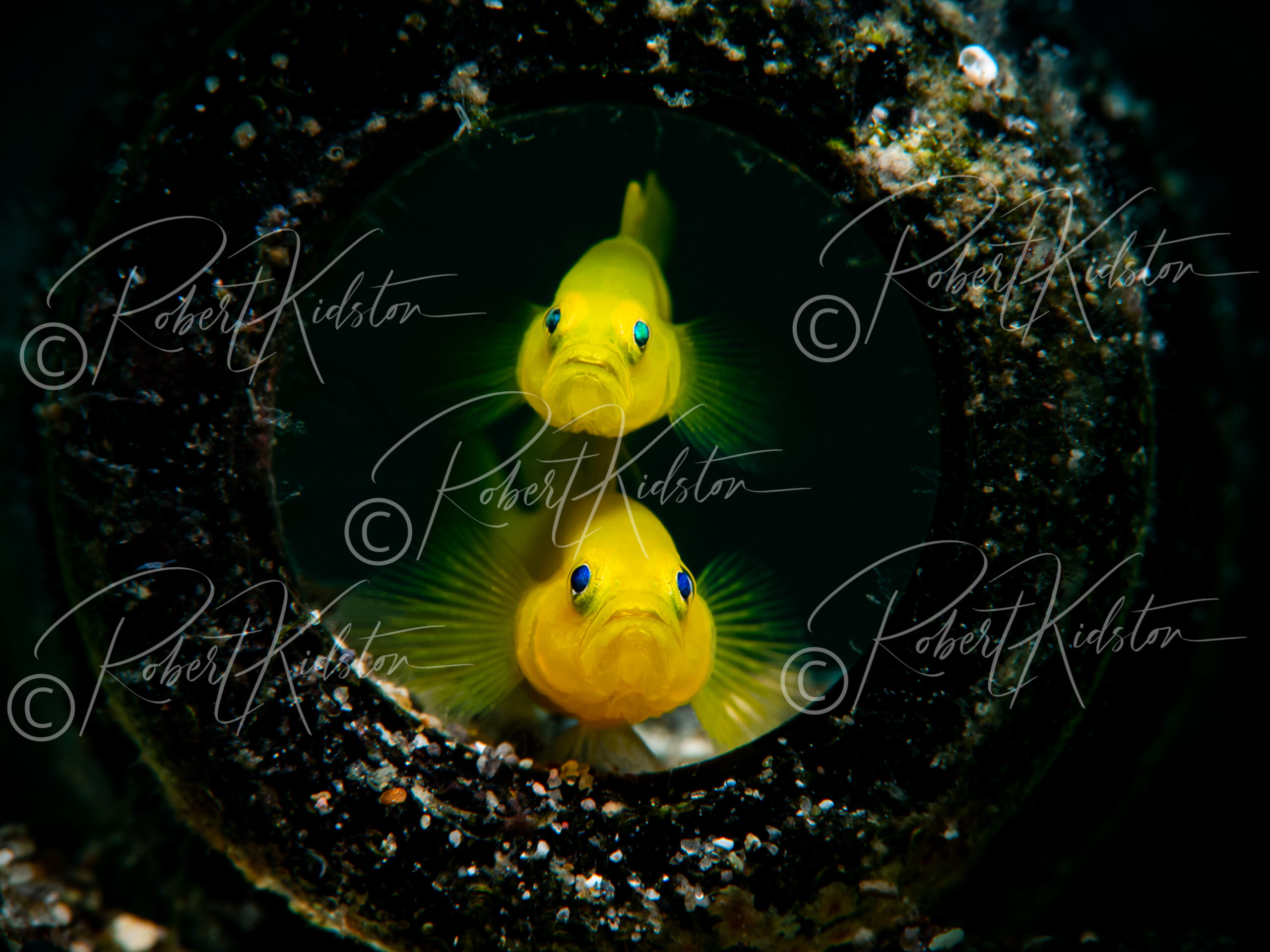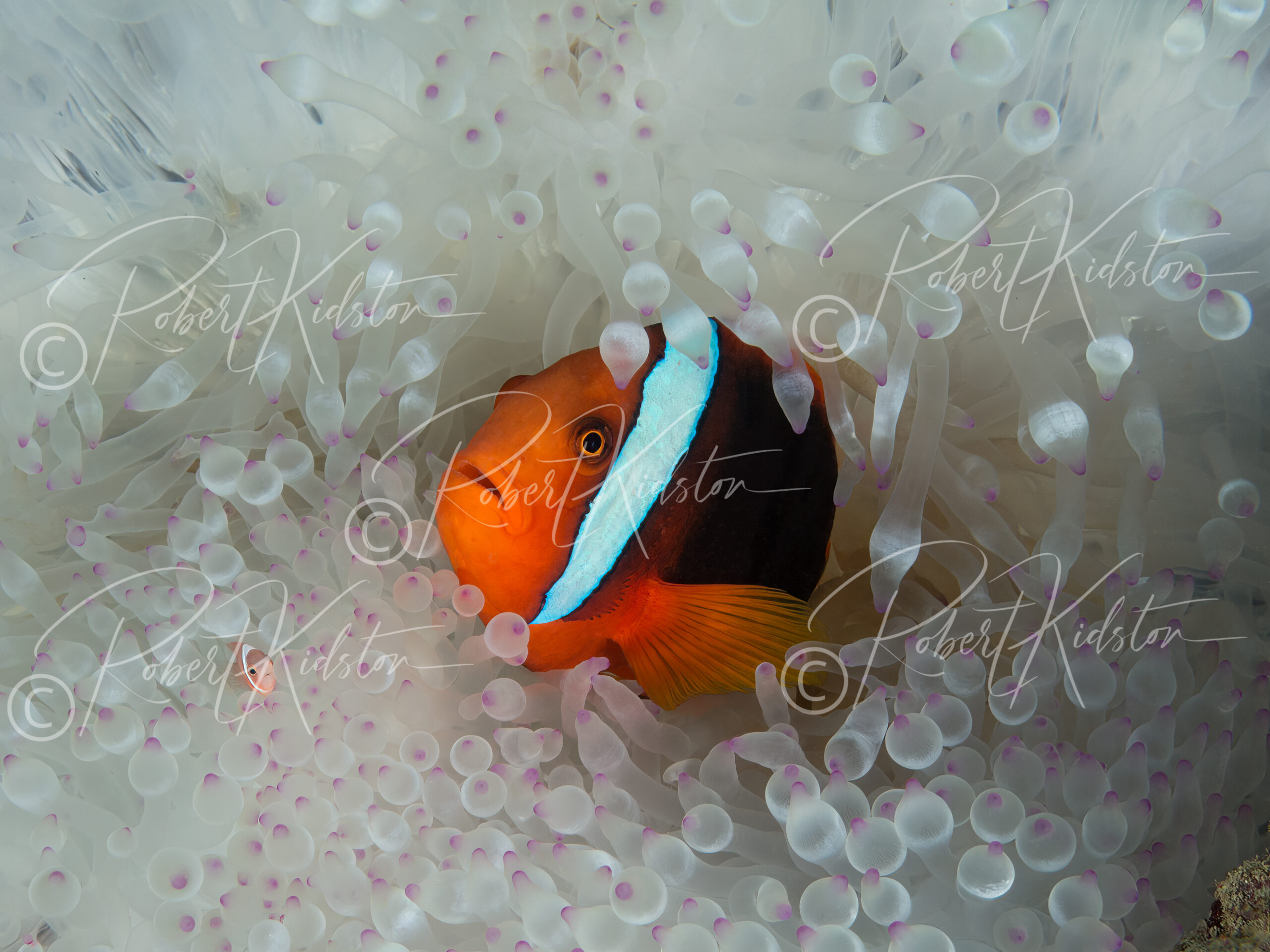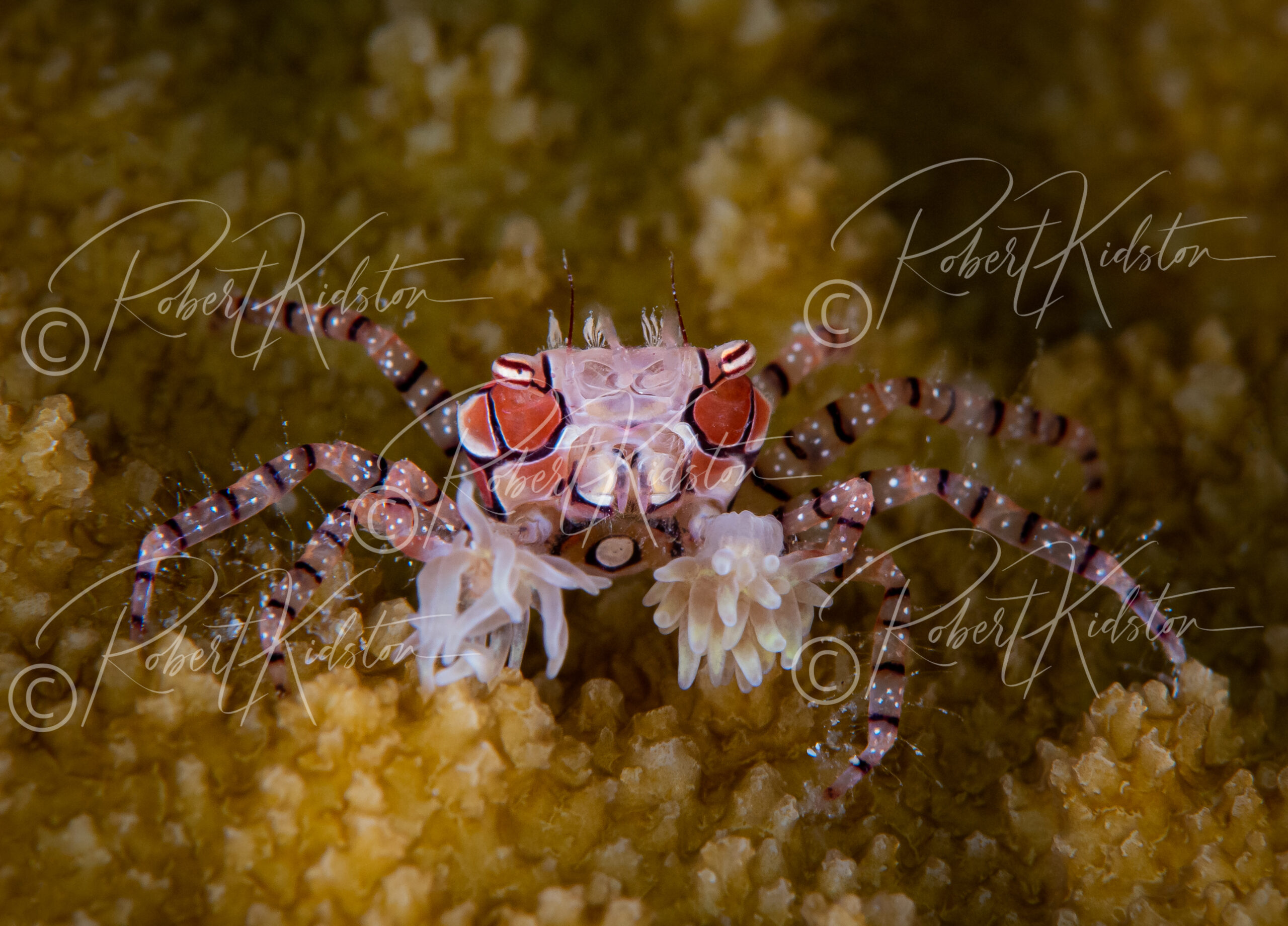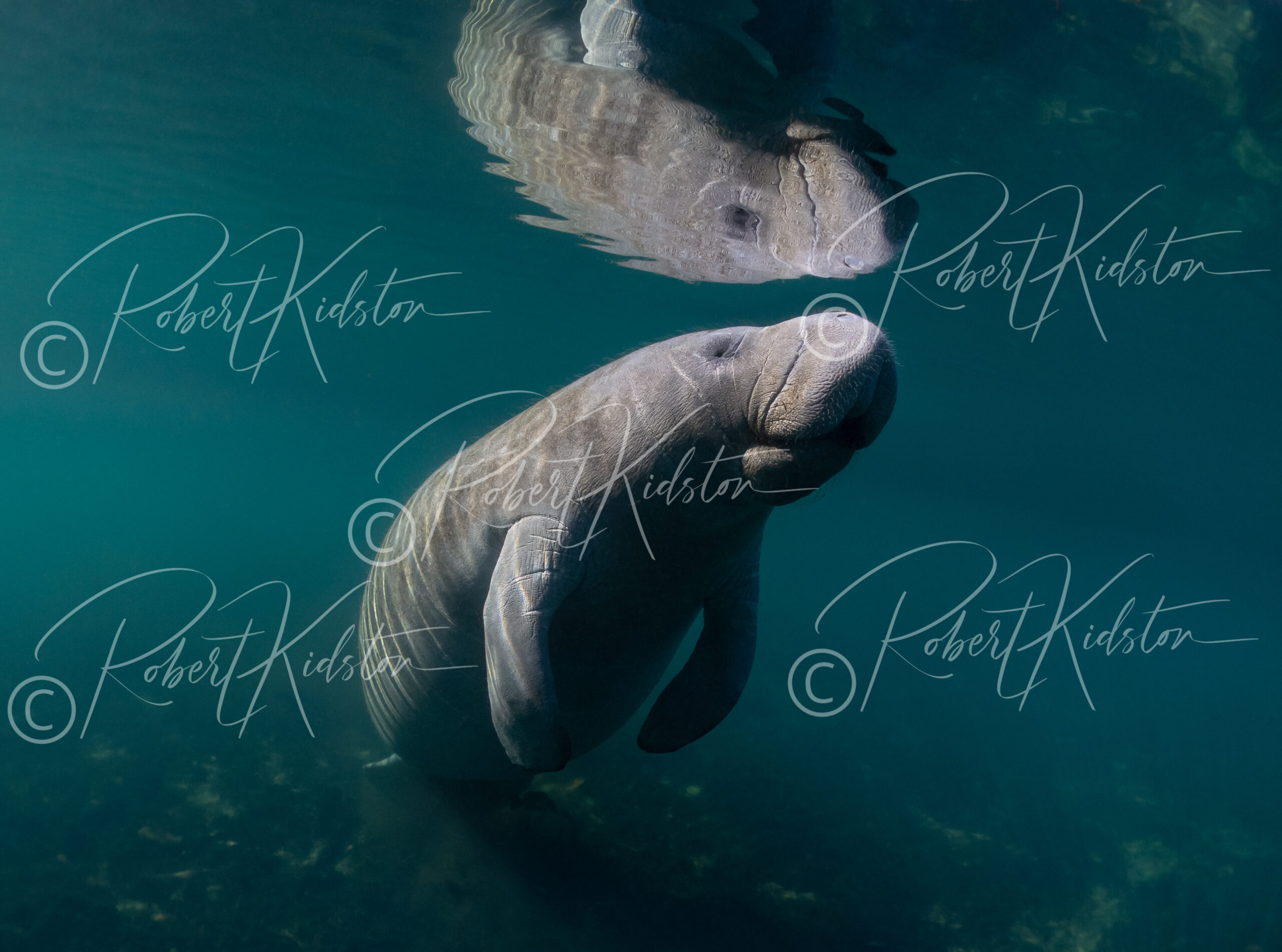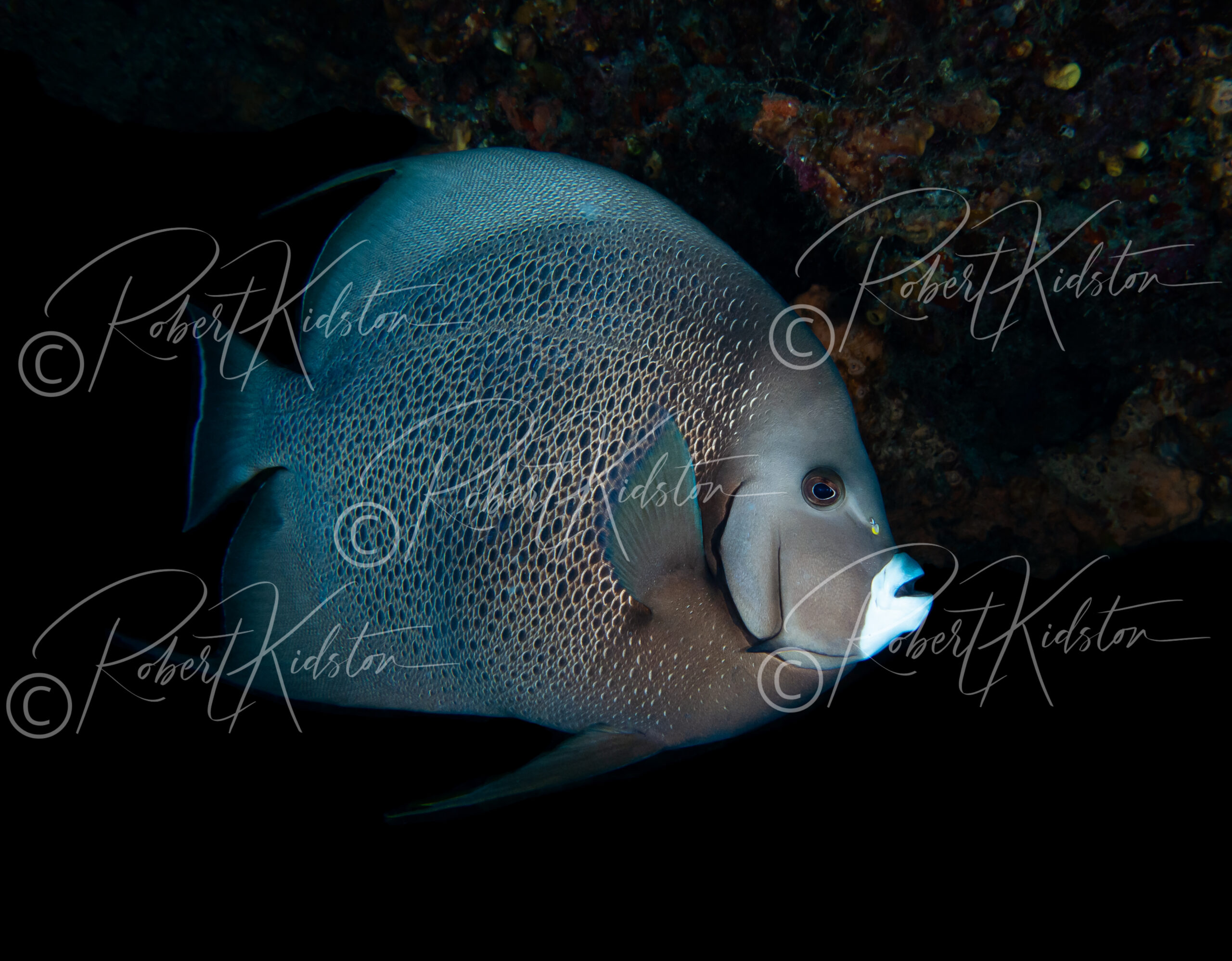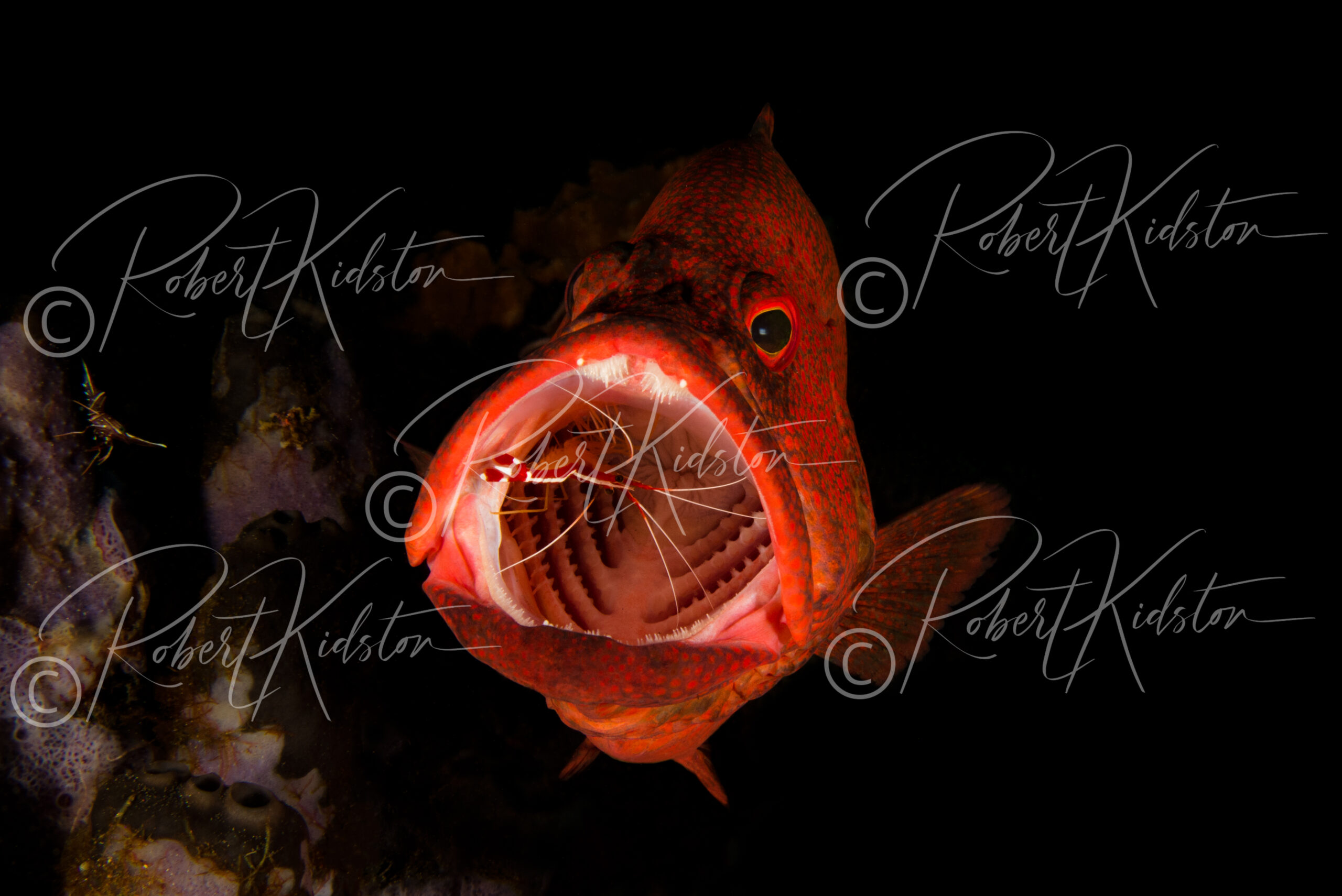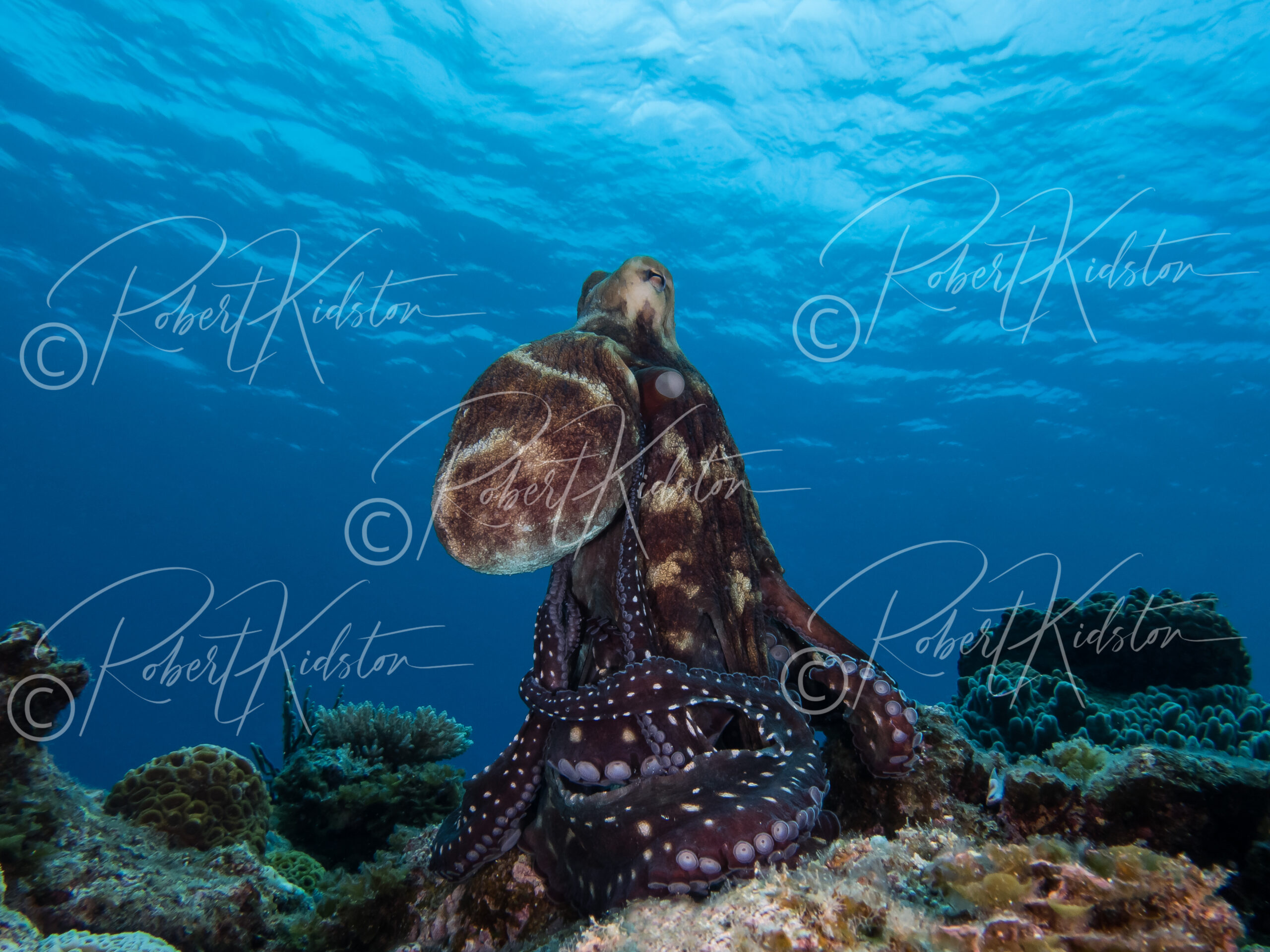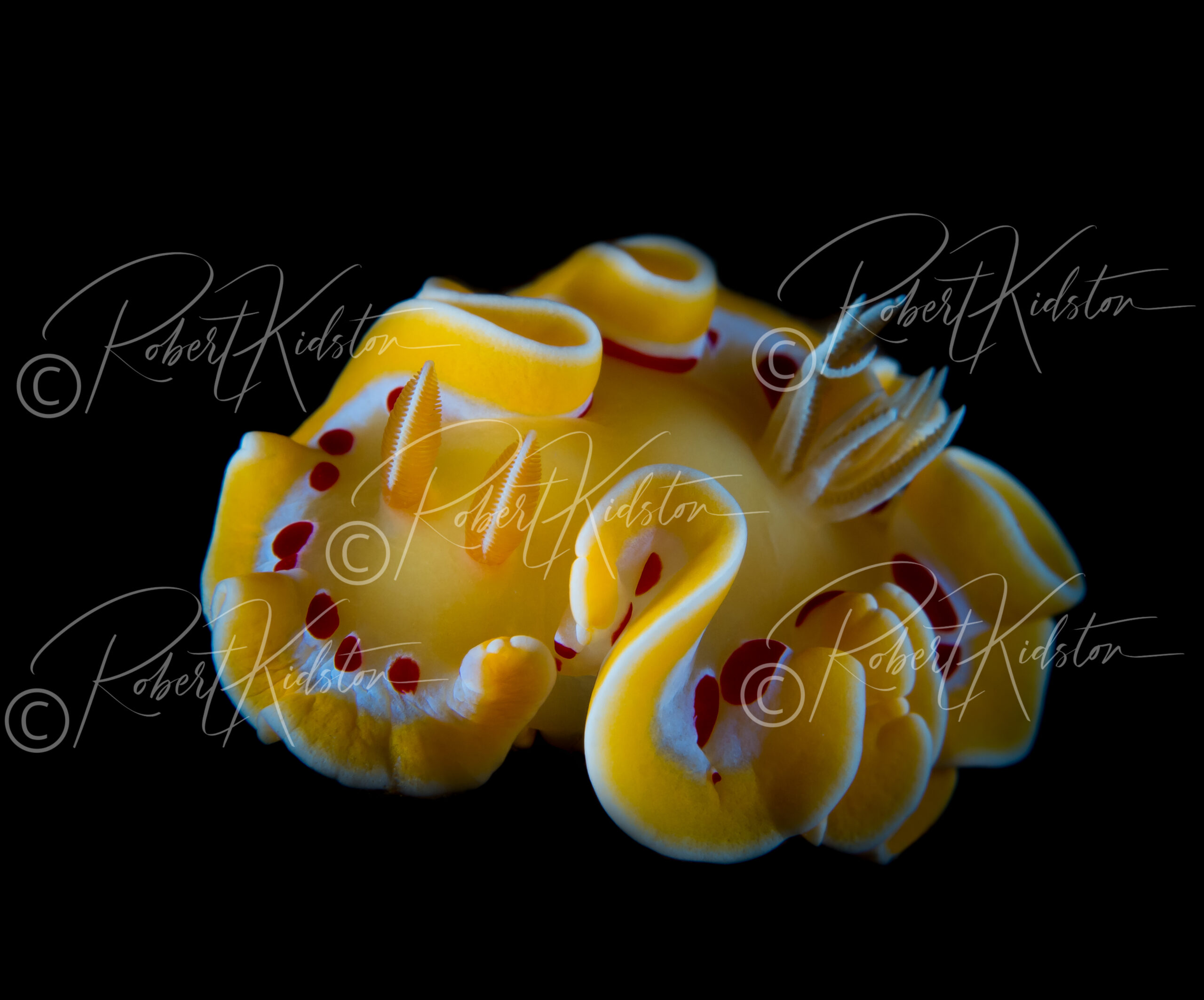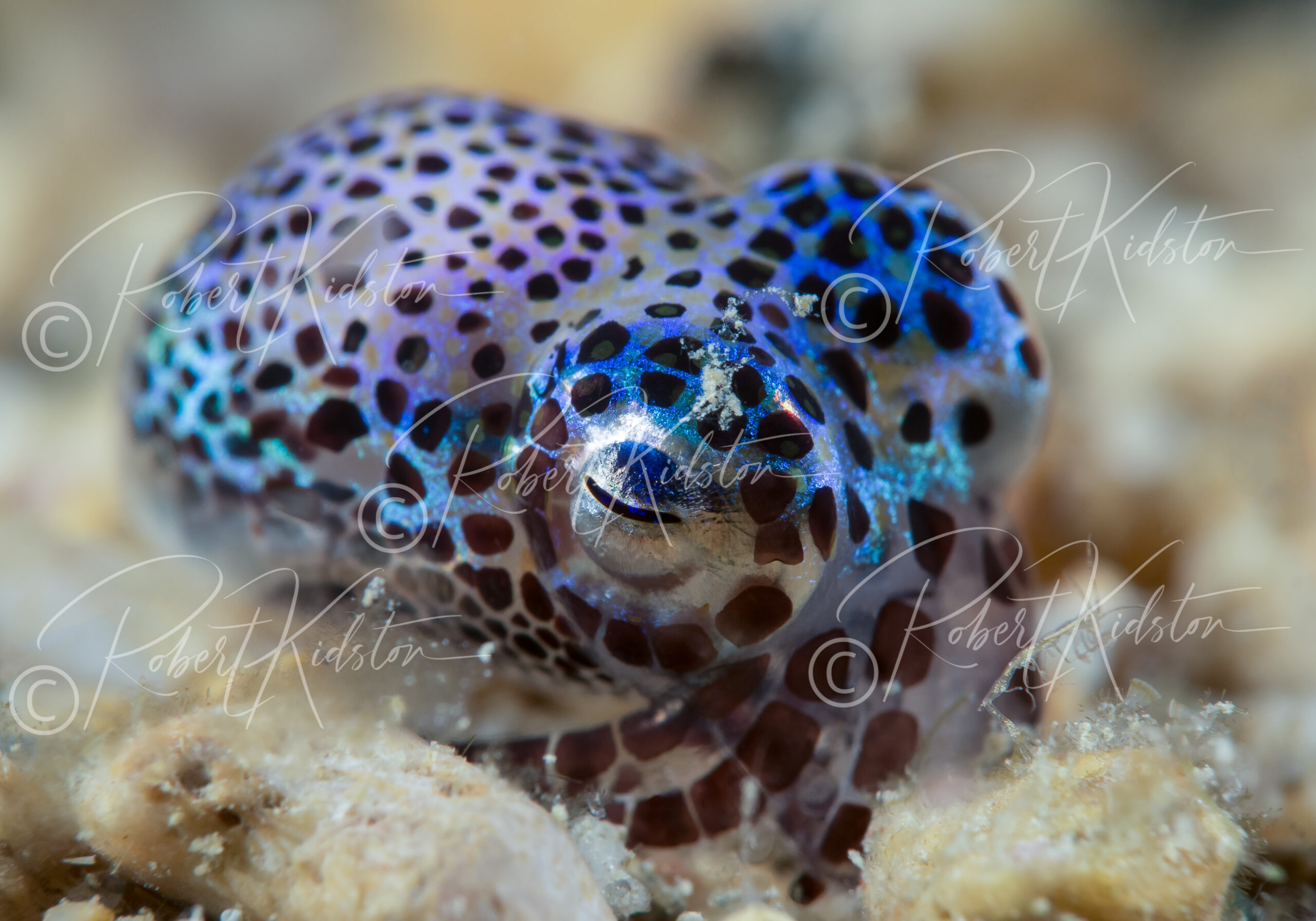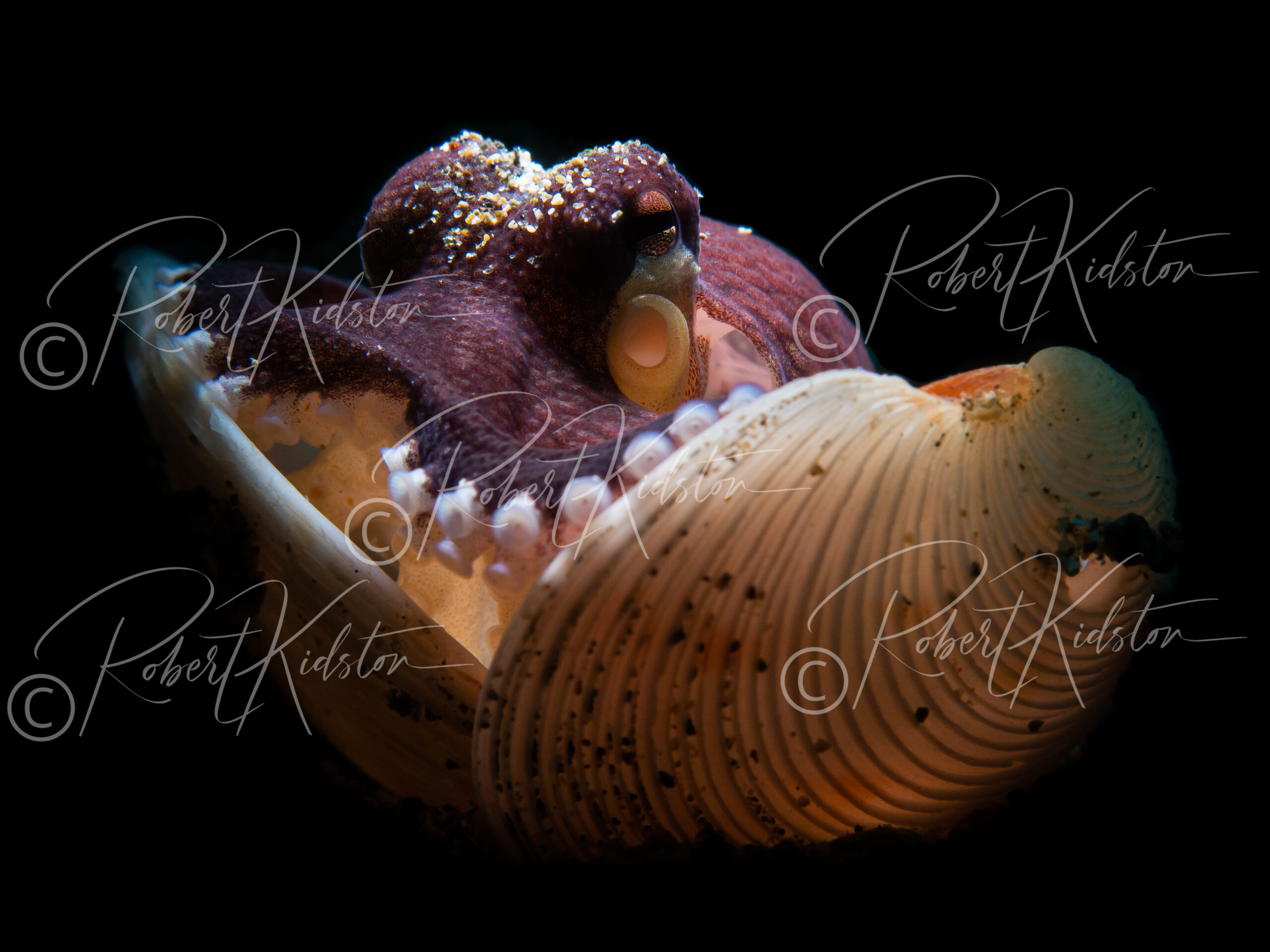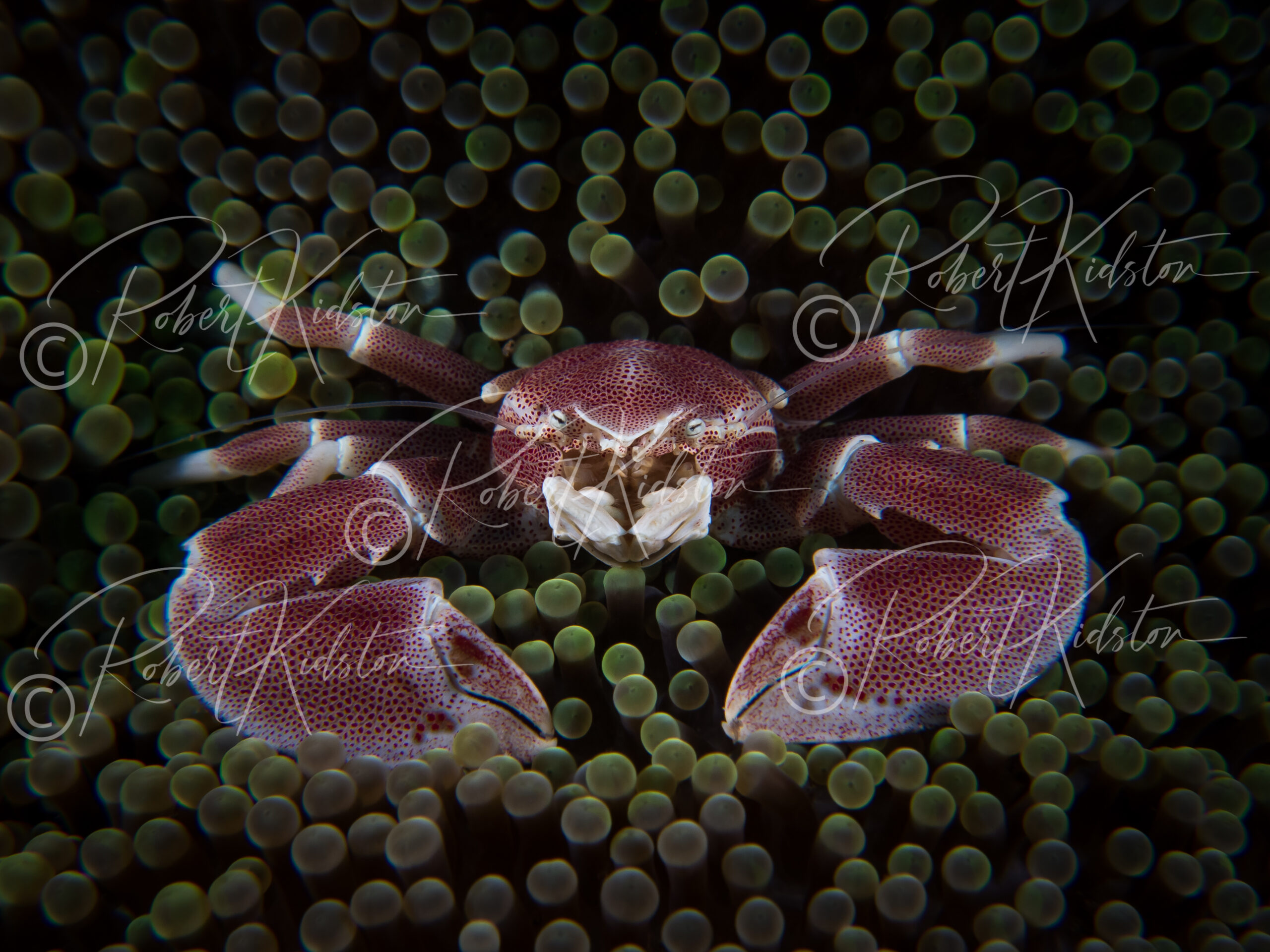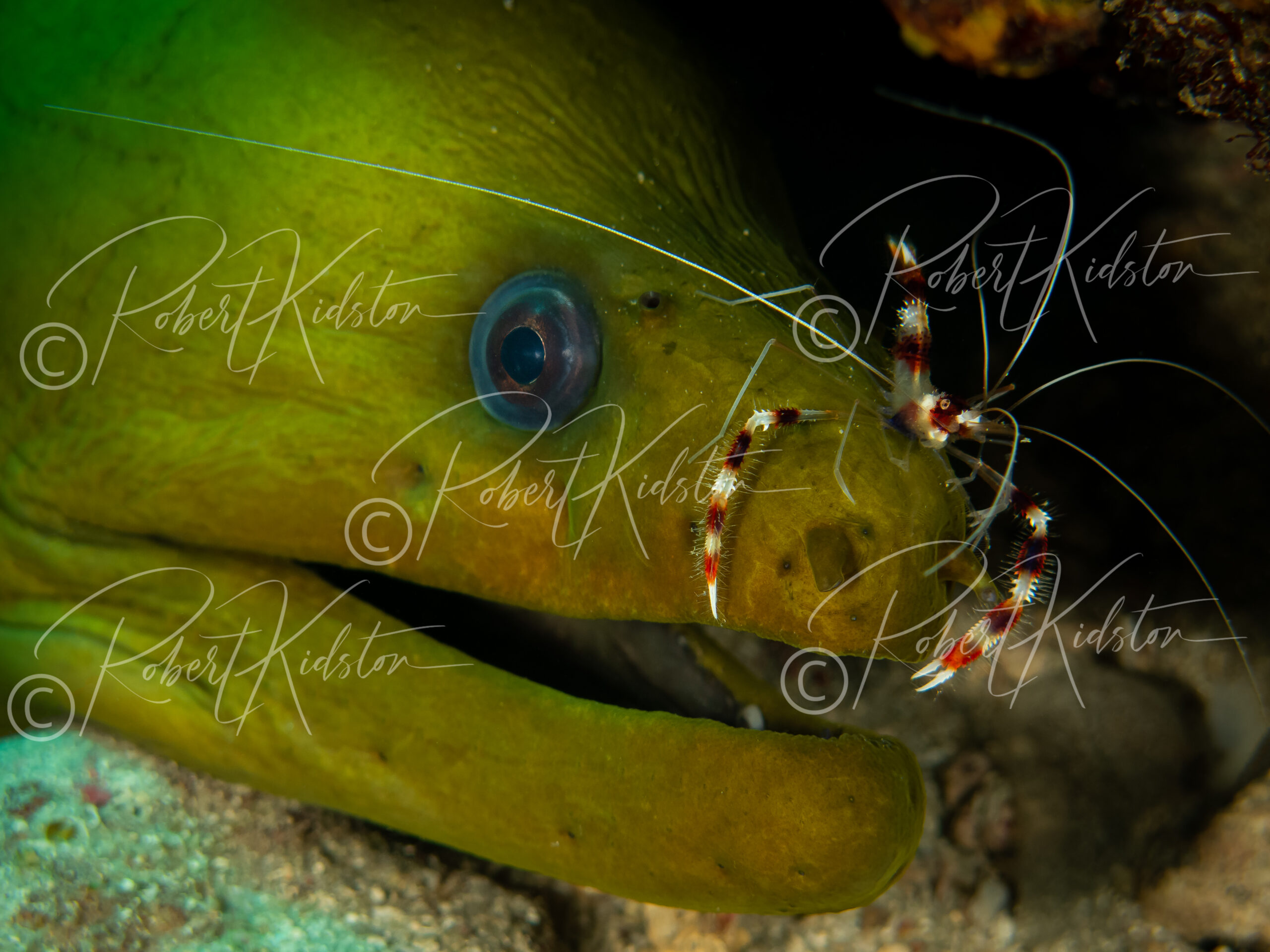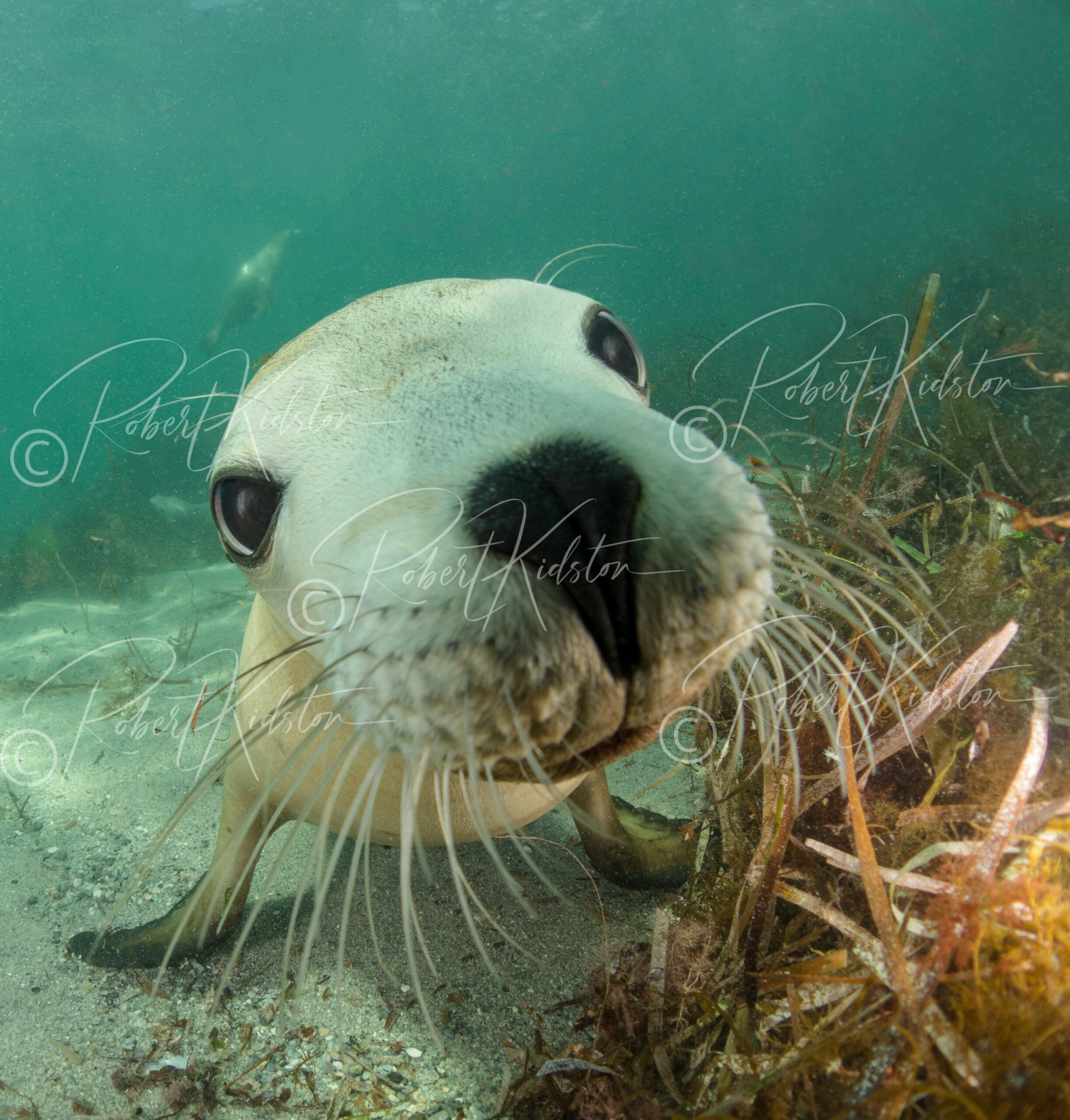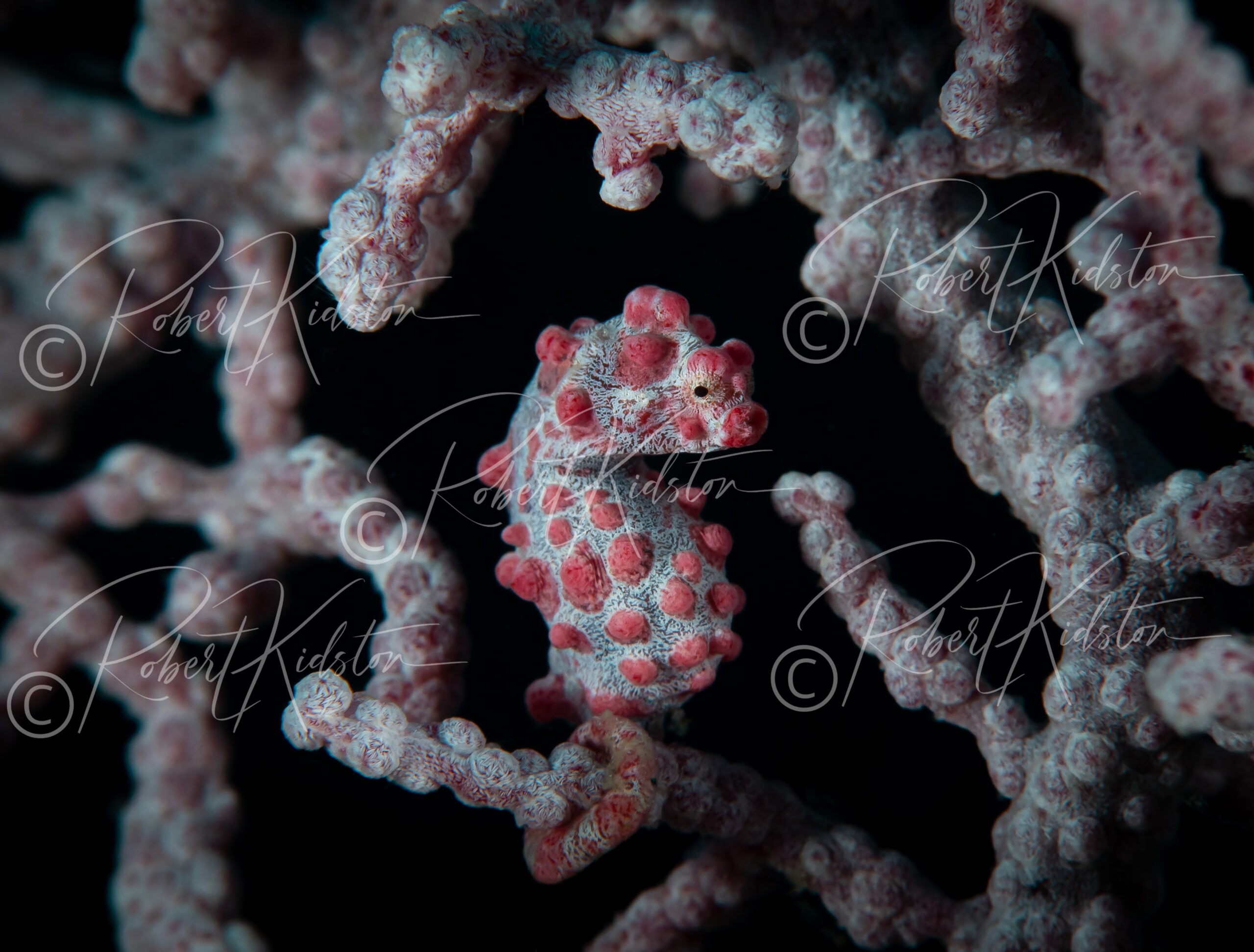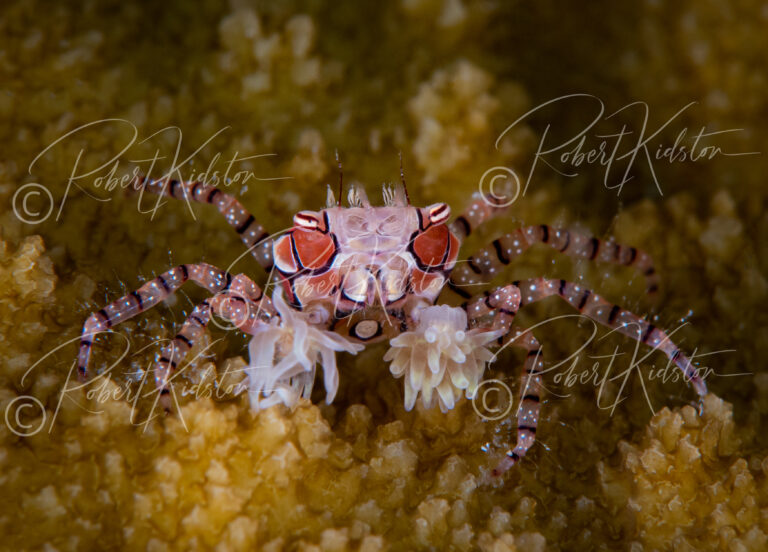Pom Pom Crab
Subject
Pom Pom Crab
Location
Anilao, Philippines
Equipment
Canon Camera with dual inon strobes, +6 wet lens
Dive
5 meters (16 feet at depth) during a day dive
The Pom Pom Crab gets its name from clipping off pieces of an anemone and attaching them to each of its claws. These acted as defense mechanisms from predators and help collect food. The anemone on the pom pom crab has been documented to grow asexually by fission. This crab was on the move and was difficult to get photos of. They really like to hide under rocks and other debris. The crab was only one inch in width and a half an inch in height. To get photos of something so small that is moving is tough. Especially when you are using a wet lens. A good quality wet lens will be a thick piece of glass that will keep the image clear. The trick is, when using a wet lens you have move closer to the subject. This is called closing down the working distance. The bigger the magnification, the smaller the working distance you have. This makes it difficult to shoot if the subject is moving. I have several wet lenses I use on a macro dive. They range in magnification from +6, +7, +12, +13 and +23. Anything above a +6 the subject cannot be moving at all. Luckily the pom pom crab decided to stay still for a couple seconds and I was able to get some quick shots. The coral it was on, made for a great background. For only being with the crab for a couple seconds I was pleased with the results. I have seen pom pom crabs in Anilao, Bali and in Okinawa. In each location, I have only seen them once. They are rare to get a glimpse of but appreciated when seen.
